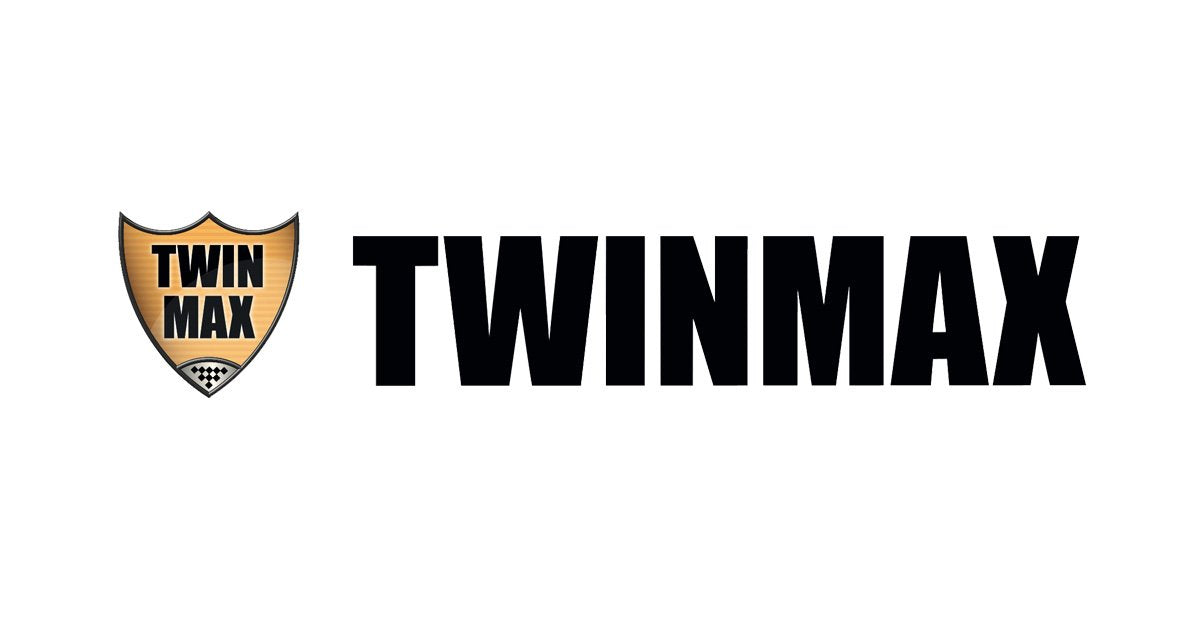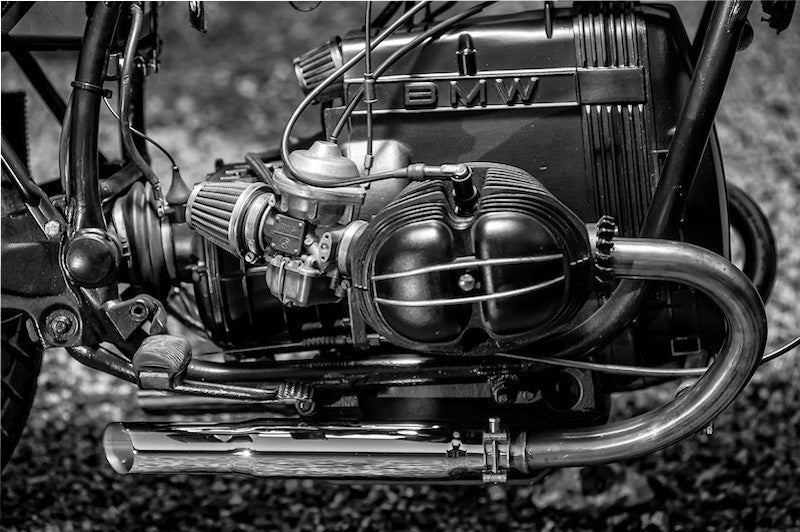The carburetor is a complex element whose role is to produce an air + petrol mixture and to feed it to the engine according to the rider's demand.
The engine is supplied with an air + petrol mixture by means of a suction (depression) of air in the carburetor. This suction is controlled by the opening of a valve (butterfly) in the carburetor. This opening of the throttle is itself controlled by the rotation of the throttle.
The sequence is as follows
- Rotation of the throttle
- Opening of the throttle valve in the carburettor
- Air intake
- Mixing of air and petrol
- Injection into the cylinder and ignition
The complexity of the fuel system increases when the engine is fed by several carburetors. It is essential that the carburetors are synchronised so that they feed the cylinders evenly.
However, the throttle valves become unbalanced or loose and it is necessary to adjust their inclination so that they all close the air intake at the same time and open evenly.
What are the effects of poor balancing ?
Symptoms of poor carburetor balance are usually an unstable idle and poor throttle response.
In general, poor timing reduces engine performance, increases fuel consumption and causes abnormal stresses in the crankshaft and its bearings which can reduce reliability.
What are the effects of good balancing ?
A well-balanced carburetor means that the engine runs perfectly "round" at all engine speeds, and delivers power much more evenly.
Should an injection intake be balanced ?
Electronic control units generally take care of engine and injection tuning. However, in the vast majority of cases, the timing of the throttle lift must be done as on a carburettor rail.
The vacuum taps are usually placed on the intake pipes. The adjustment procedure can be a little more complex, it is best to consult the vehicle's technical review.

